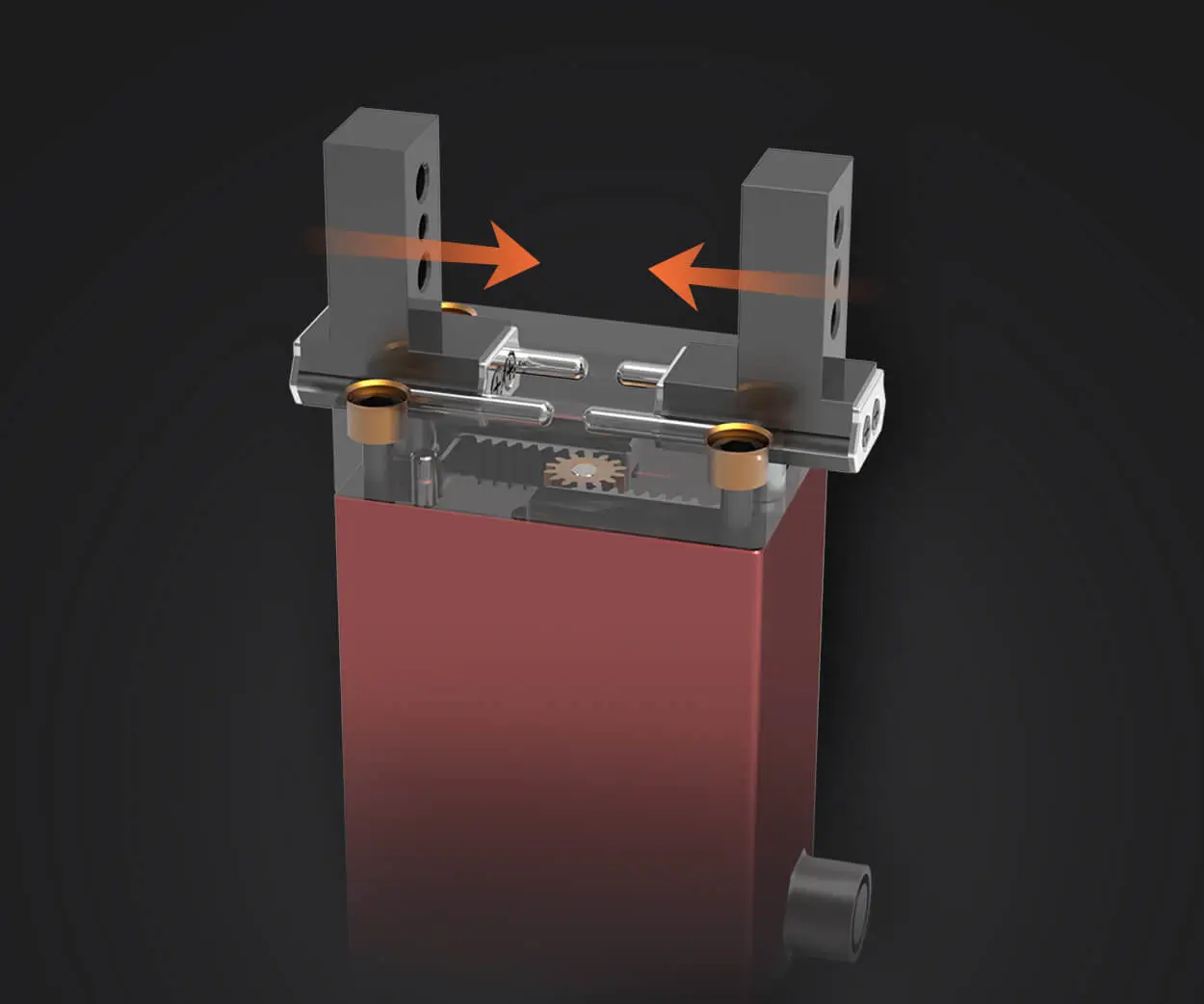Unveiling the Power Behind Modern Motion Control: The NEMA17 Planetary Geared Stepper Motor
In the rapidly evolving landscape of automation, robotics, and precision engineering, the quest for motors that deliver both power and finesse is relentless. Among the myriad options available today, the NEMA17 planetary geared stepper motor stands out as a versatile powerhouse, seamlessly blending compact design with remarkable torque output and accuracy. Whether you're designing a 3D printer, a CNC machine, or the next-generation robotic arm, understanding the intricacies and benefits of this specialized motor can revolutionize your projects.

The NEMA17 Frame Standard: A Brief Overview
Before diving into the nuances of planetary gearing, it’s essential to appreciate what defines a NEMA17 motor. NEMA (National Electrical Manufacturers Association) standards specify the faceplate size of the motor—generally a 1.7-inch square (about 42.3 mm). This standardization ensures compatibility across various applications, making it a favorite among hobbyists and professionals alike.
The NEMA17 motor typically features a 5-6 wire configuration, bipolar or unipolar windings, and step angles ranging from 1.8° (200 steps per revolution) to smaller angles with microstepping. The size makes it ideal for compact yet powerful motor solutions, perfect for 3D printers, small CNCs, and precise automation modules.
Enter the Planetary Gearbox: Compact Torque Amplification
While the NEMA17 motor itself offers an impressive balance of size and power, certain applications demand even greater torque, finer control, or both. This is where planetary gearboxes come into play.
Planetary gear systems are renowned for their high gear ratios, compactness, and efficiency. They consist of a central sun gear, planet gears orbiting it, and an outer ring gear. This arrangement provides a robust structure capable of transferring substantial torque within a small envelope.
When coupled with a NEMA17 motor, planetary gearboxes enable the motor to deliver significantly higher torque without elongating the motor size—a crucial advantage in tight spaces where maximizing power density is vital.
The Advantages of NEMA17 Planetary Geared Stepper Motors
The integration of planetary gearing transforms the capabilities of a standard NEMA17 stepper motor into a precision instrument designed for demanding applications. Here are some key benefits:
Enhanced Torque Output: Planetary gearboxes amplify the motor's intrinsic torque, allowing the system to handle heavier loads and more resistant materials with ease.
Increased Resolution and Precision: The gear reduction benefits microstepping, enabling finer positional control and smoother motion, essential in high-precision tasks.
Reduced Vibrations and Noise: The balanced planetary gear design ensures more uniform motion, translating into quieter operation and less mechanical stress.
Compact and Lightweight: Despite the gear train, these gearboxes maintain a small footprint, preserving design flexibility without adding bulk.
Improved Durability and Reliability: Planetary gear systems distribute loads evenly across multiple points, decreasing wear and extending service life.
Typical Specifications and Customization
Standard NEMA17 planetary geared stepper motors come with various gear ratios, commonly from 3:1 to 100:1 and beyond. Lower ratios deliver moderate torque increases with minimal speed reduction, suited for applications requiring quick movements. Higher ratios maximize torque at the expense of slower speeds but are ideal for holding positions against external forces.
Manufacturers often offer customizable configurations—allowing you to select gear ratios, shaft types, and output configurations tailored to your project's needs. This flexibility makes the NEMA17 planetary geared stepper motor an adaptable component across industries.
Industries and Applications Leading the Charge
The robust performance of these motors finds homes in an impressive range of fields:
3D Printing: Precise filament feed controls and axis movements benefit from microstepping capabilities combined with high torque.
CNC Machinery: Cutting and engraving tools demand consistent, high-precision motion—precisely what planetary geared NEMA17 motors provide.
Robotics: Small robotic arms, grippers, and multi-axis manipulators rely on the torque and accuracy these motors offer.
Automated Labeling and Packaging: High-speed packaging lines utilize these motors for accurate positioning and reliable operation.
Medical Devices: Micro-scale and high-precision medical equipment find a partner in these motors for delicate yet powerful control.
The Engineering Behind the Efficiency
At the core of these advantages lies the clever design of planetary gearboxes. Their load distribution minimizes backlash—a common concern in stepper motor applications. Reduced backlash means more repeatable motion, vital for applications like semiconductor manufacturing or microscale assembly.
Furthermore, planetary gearboxes often feature high gear ratios with minimal energy loss, thanks to high-quality bearings, precision gear cutting, and advanced lubrication techniques. This efficiency translates into less heat generation and longer operational life, reducing maintenance costs over time.
Will the next part explore specific models, how to select the right gear ratio for your application, and real-world success stories? Stay tuned as we delve deeper into optimizing your design with NEMA17 planetary geared stepper motors.
Established in 2005, Kpower has been dedicated to a professional compact motion unit manufacturer, headquartered in Dongguan, Guangdong Province, China.




































